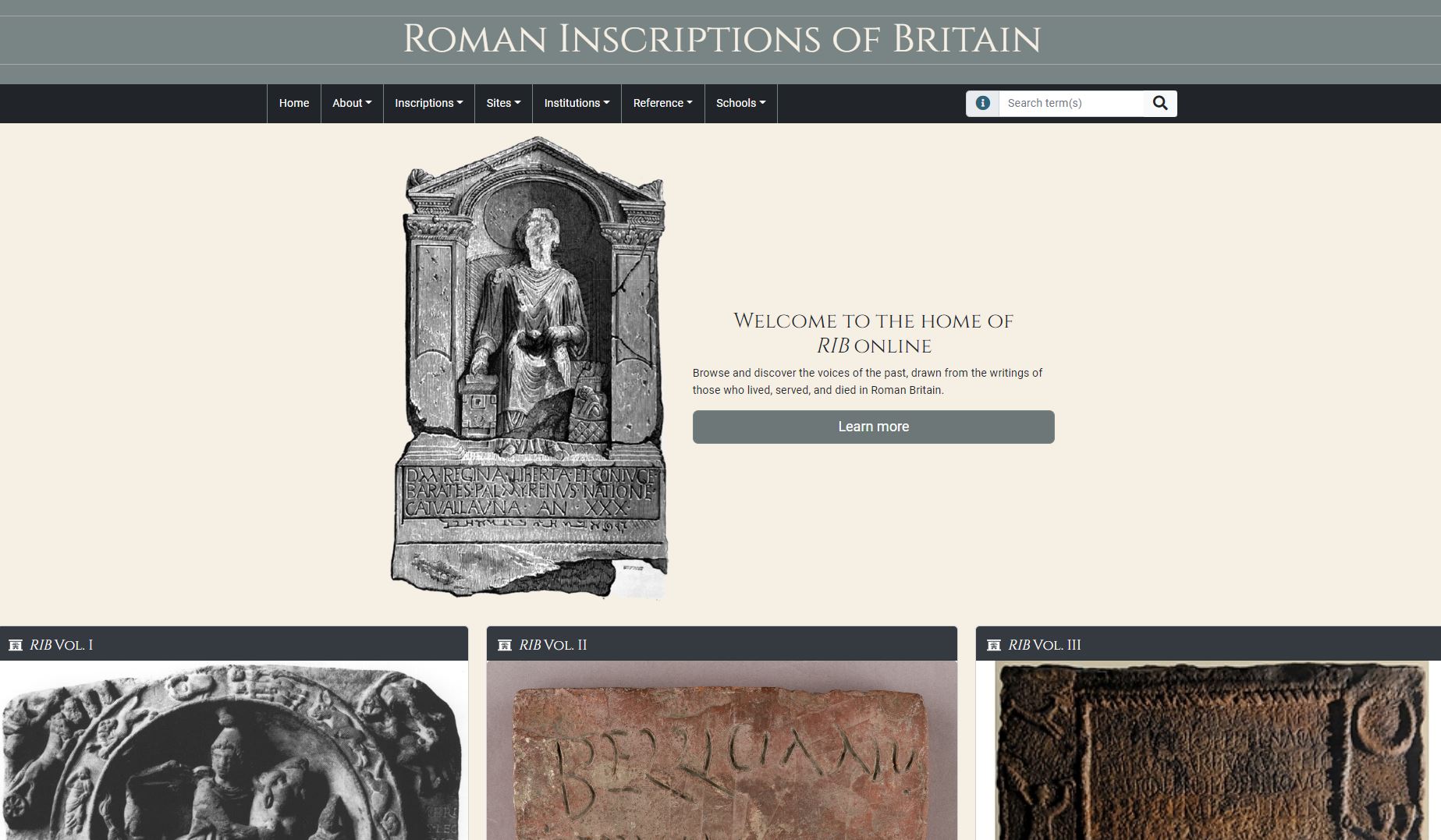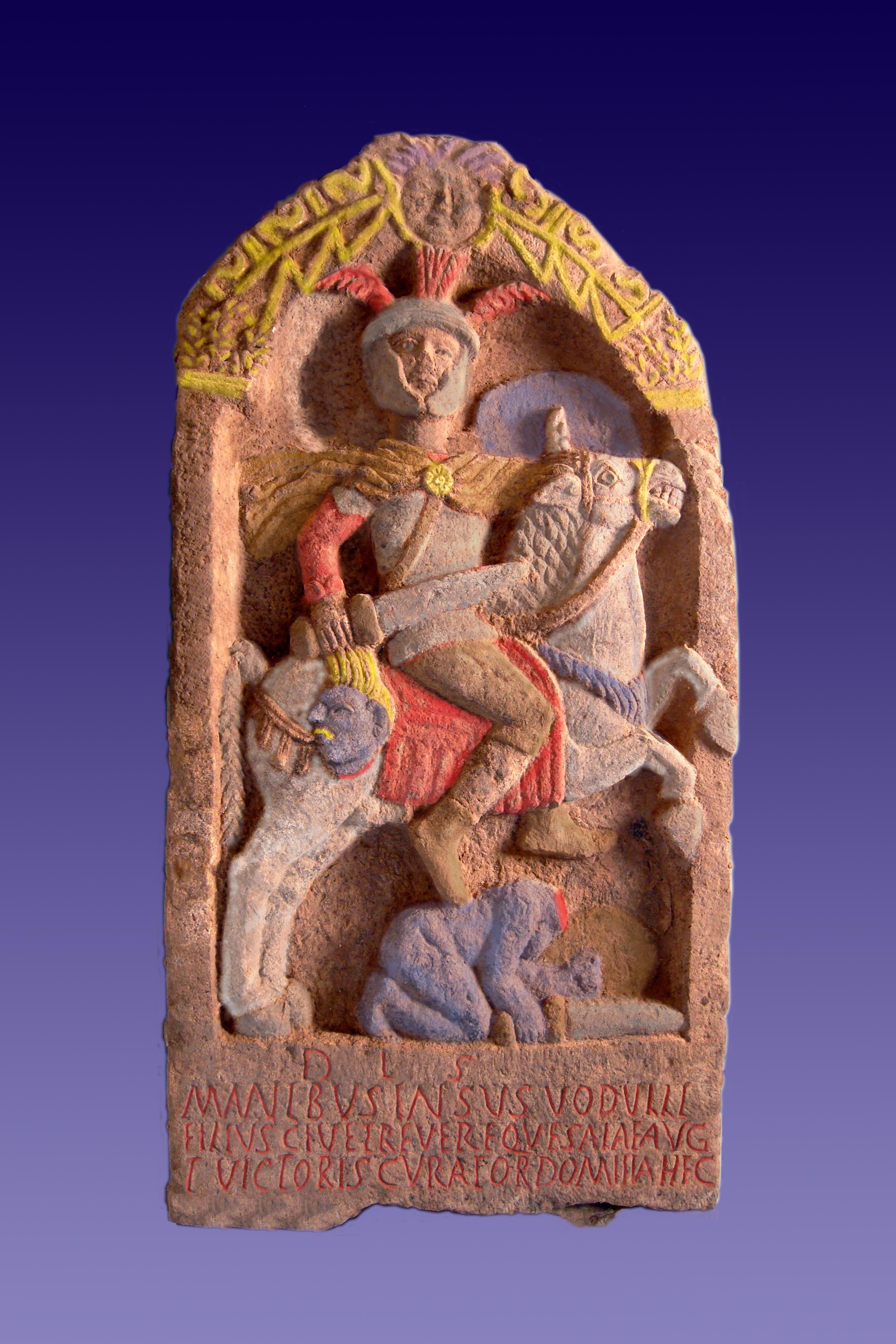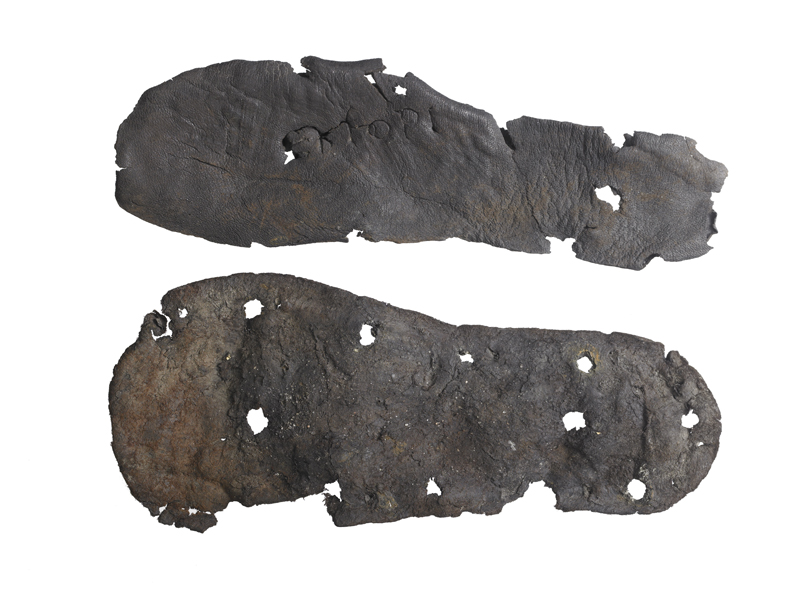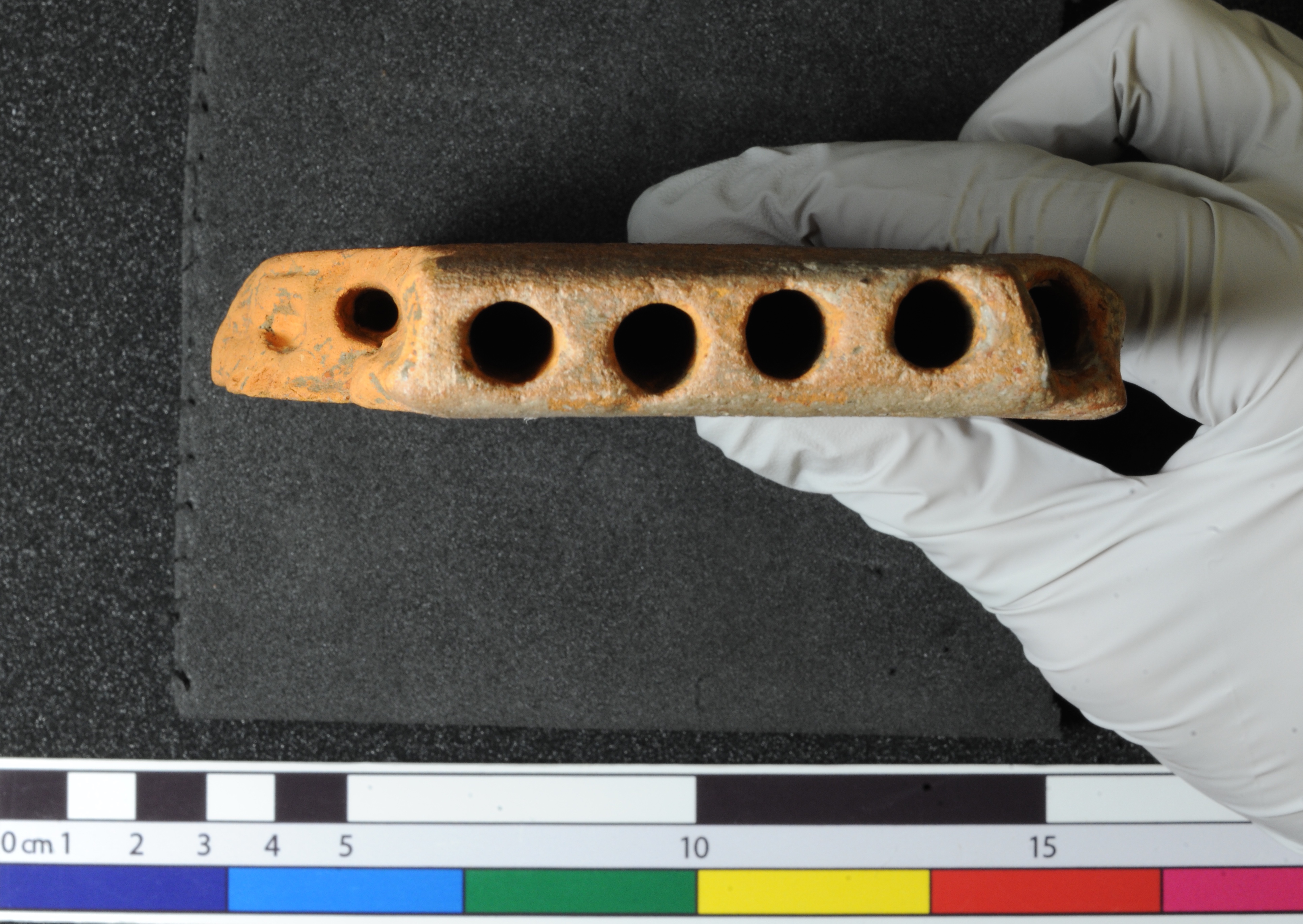A guest blog by Classics For All’s Jane Ainsworth and Hannah Walsh introduces the new project Roman Inscriptions of Britain in Schools, a collaboration between LatinNow and CfA.
During lockdown, pupils became accustomed to the view of their class on a zoom screen; a gallery of faces, or sometimes blank boxes when internet connections were struggling! The aim of Classics for All’s partnership with LatinNow, Roman Inscriptions of Britain in Schools, is to give pupils the skills and information to unlock the stories behind the gallery of individuals from Roman Britain which the Roman Inscriptions of Britain Online contains.

Our first task, then, was to think about how we could guide pupils and their teachers around the content of a website originally designed by Scott Vanderbilt nearly a decade ago for people who already used the RIB volumes, without sacrificing the quality and depth of information it contains. We needed to explain why someone would want to look at an inscription in the first place and then how and where that information can be found on the website. The videos we developed, which use accessible examples such as the Insus tombstone from Lancaster, provide an introduction to Roman inscriptions, guidance on how to read a record of an inscription and how to use RIB Online. Given the wealth of material on the site, we also needed to highlight examples from the gallery of RIB individuals whose inscriptions are content-rich and relevant to the topics from the classroom.

To support busy teachers, some of whom may have no prior experience of studying the ancient world, we knew that it would be important to provide clear lesson plans and a teaching guide to accompany our resources. Although there is enormous potential for the RIB Online corpus to enhance learning across all age groups, we decided to start our work at Key Stage 2 (ages 7–11) with lesson plans and a teacher’s guide. The ‘Romans in Britain’ forms a core part of the National Curriculum for History in England and Wales and there is also a requirement to teach local history, so these resources have been specially tailored to meet teachers’ requests for bespoke resources.
Our lesson plans start by encouraging pupils to think about the art of writing itself, and its value as evidence for a particular historical period. One task is to collect objects from around their classroom with writing on them and Alex, LatinNow’s PI, had enormous fun finding some ancient equivalents within the corpus, such as Hector’s shoe. Regina’s tombstone from South Shields then provides an ideal introduction to the rich and complex lives of people living in Roman Britain. Just like the objects they collected, pupils are encouraged to ask and answer questions about the information coming both from the text of her tombstone and from the object itself, including its production process and decoration.

The lesson plans also allow pupils to study their local history, a core part of the current National Curriculum requirements for History. There are ‘Local Lives’ lessons (powerpoints and handouts) for North, South, East, and West, where pupils use the skills they’ve learned in the introductory lessons to look in more detail at inscriptions such as Cornelius Castus and Julia Belismicus’ altar from Caerleon and follow a framework of questions to investigate the story behind the inscription. The questions made us wonder whether this altar was unveiled as a marketing opportunity as Cornelius and Julia opened a new establishment near the baths at Caerleon. Pupils then go on to investigate inscriptions from their own area, thinking about how topics such as the landscape, employment, and religion have affected, and continue to affect, local lives. Teachers can celebrate the work their pupils produce by entering it for a Young Historians Award or for accreditation in the new ‘Exploring the Ancient World’ Independent Project Qualification.

We’ve also provided a range of examples designed for any KS which support thematic teaching – have a look at our favourite examples of migration, such as Iunius Dubitatus’ shield, and evidence for children’s lives, including the pipes belonging to Catavacus and Bellicia. You can even listen to the Roman pipes being played! Next up we will be constructing resources for ‘education’ and ‘language’, which is part of Phase 2 of the Roman Inscriptions of Britain in Schools project, during which we skip to work on KS5 materials.
We don’t always have all the information about an inscription (another useful lesson for pupils – and academics! – to learn), sometimes there’s a blank screen on the zoom gallery of Roman Britain, but the hope is that this ongoing partnership between Classics for All and the LatinNow team will introduce a new audience to the different lives and stories that the Roman inscriptions of Britain contain.